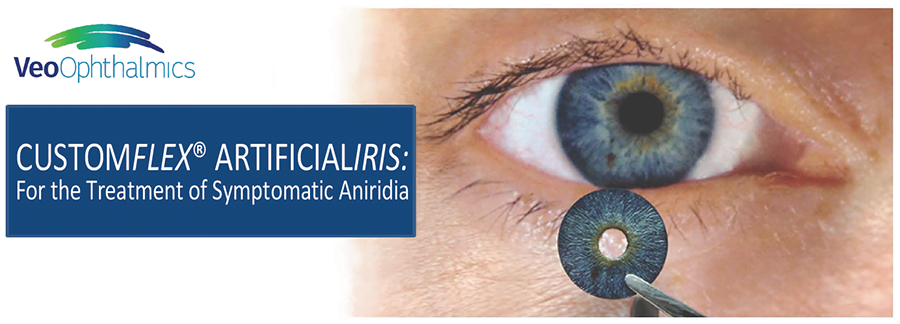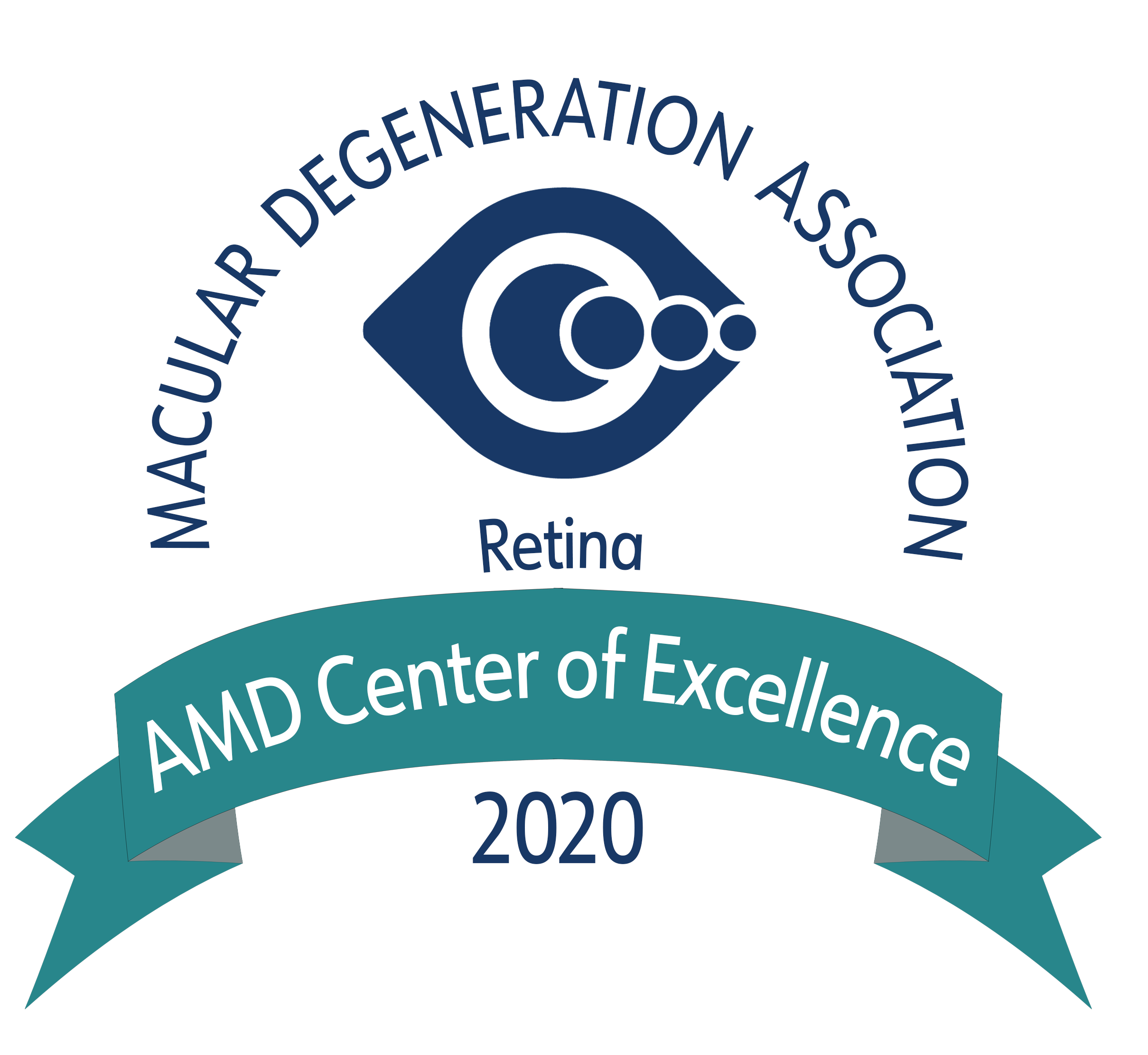Glaucoma is a medical condition in which the optic nerve is damaged causing permanent peripheral vision loss that, if left untreated, can progress to central vision loss and eventual blindness. The causes of glaucoma are many and not yet completely understood but one major contributing factor is elevated pressure within the eye. Other risk factors for glaucoma include advanced age, ethnic background (African American and Asian), decreased corneal thickness, a previous history of eye injury, and a positive family history.
Most people who have glaucoma do not notice any symptoms until the disease is fairly advanced. It clinically manifests as blind spots in the peripheral vision that may progress to severe tunnel vision or even total blindness in the affected eye if left untreated. Since patients with early stages of glaucoma rarely notice any symptoms, it is important for people with any of the listed risk factors to be screened by an ophthalmologist or optometrist on an annual basis.
To diagnose glaucoma, your ophthalmologist will perform a slit lamp examination with gonioscopy (a special contact lens to evaluate the drainage canal inside the eye), a complete dilated eye exam with critical assessment of the optic nerve, and a number of tests including measurement of the intraocular pressure, a visual field test, and an OCT and/or photograph of the optic nerve.
Currently there is no prevention or cure for glaucoma. Early diagnosis and treatment, however, may delay or stop progression of the disease process. Treatment initially includes the use of prescription drops, but may also require laser procedures, or even surgery to lower the intraocular pressure of the eye. The best treatment modality may vary from patient to patient and a regimen is tailored to the individual by his/her ophthalmologist.








